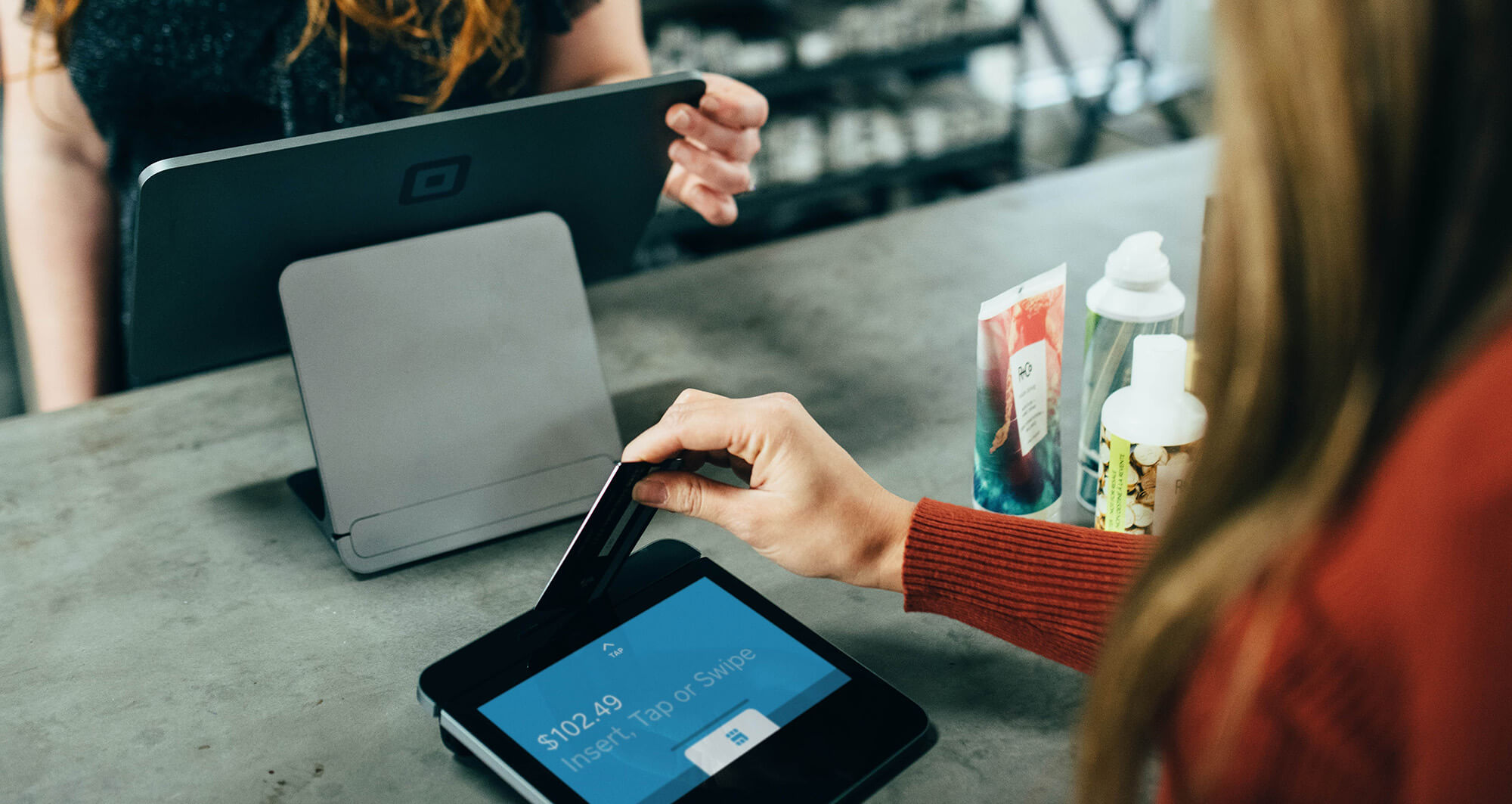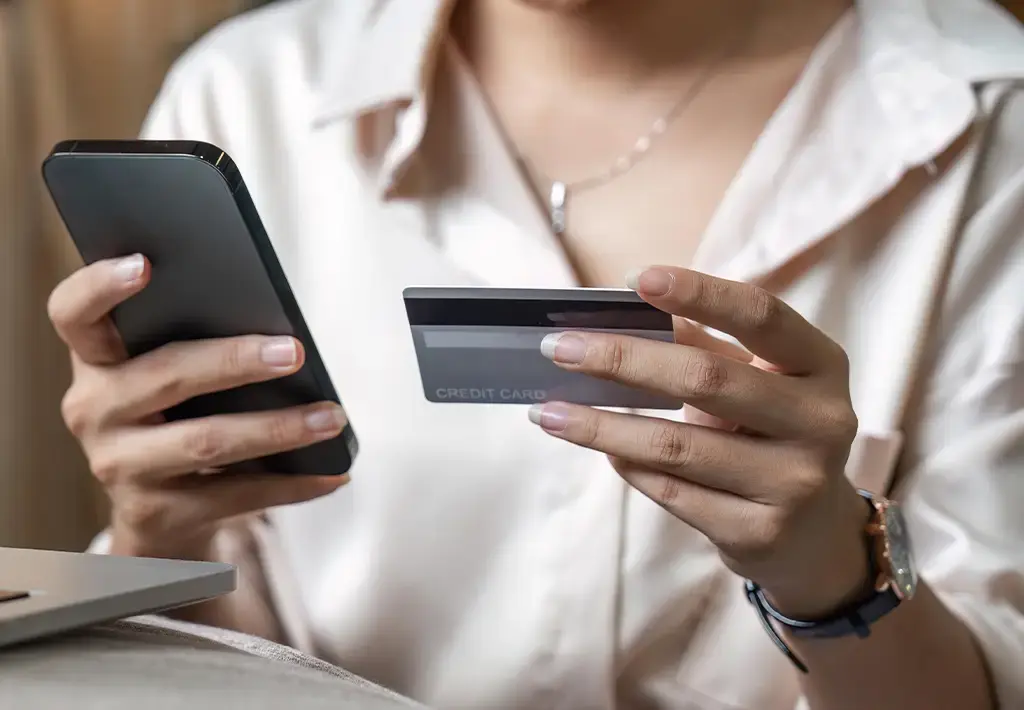Today’s consumers are less loyal than ever before: less than a quarter of shoppers questioned by Kearney Consumer Institute say they would never switch brands. As recession fears and stubborn inflation drive almost everyone to look for savings in their shopping baskets, brand loyalty seems unlikely to return as a behavioural norm anytime soon.
This volatile economic environment poses a big problem for retailers. Repeat customers shop and spend more than new ones, while gaining new customers is a famously expensive process. Giving people a reason to stay loyal has never been harder. It’s also never been more urgent.
But retailers have been doing this for a long time. Given the first modern loyalty programme dates from 1793, when a merchant in New Hampshire started rewarding repeat customers with tokens, there’s a whole lot of wisdom and best practice to draw on. Let’s take a look at how loyalty programmes can carry you through uncertain economic conditions and how technology can help.
Types of retail loyalty programmes
Although Adobe estimates that returning customers only make up 8% of e-commerce website visits, they account for more than 40% of revenue at a dramatically lower acquisition cost.
Rewarding return custom can mean earning more while spending less on new shopper outreach. These programmes come in several different types:
- Points-based loyalty programmes: customers accumulate points for buying products or engaging in specific activities, like trying new products. These points can be redeemed for rewards, discounts or free items.
- Tiered loyalty programmes: as customers spend, they unlock progressively improving tiers of benefits. First-time customers might get a discount on their next purchase, while customers hitting higher status levels might get unique perks or exclusive offers. Nordstrom Rewards, for example, gives higher-tier customers early access to sales events and additional perks.
- Value-based loyalty programmes: this type of reward programme links benefits to customer preferences. Instead of generic rewards, value-based loyalty programmes personalise offers based on customer interests. Think of Sephora, which allows customers to choose their rewards.
- Subscription-based loyalty programmes: by paying a fee, customers can access special benefits for a preset period. Amazon Prime is probably the biggest such scheme, offering subscribers free accelerated shipping and video streaming services.
- Dual-shelf edge pricing: popular among UK grocers, this method shows different prices to members and non-members. This tactic incentivises customers to share their data in exchange for lower usage rates, and it’s also inspiring decision-makers to apply it to specific products and brands to manage product volumes and drive sales.
Staying loyal to a brand pays off in the form of rewards, perks, better customer experiences and lower prices. On the business side, brands strengthen the bonds with their best, most loyal shoppers.
Resilience and adaptation
Customer behaviour and spending habits change during times of economic unrest. Normally, customers will shrink their discretionary spending as the clouds darken. A HubSpot survey found that news of a potential recession spurred 30% of customers to cut back on spending and another 24% to spend more conscientiously.
A well-curated loyalty programme can increase your brand value in a downturn by allaying customers’ money worries.
Here are a few ways to pull it off:
Faster rewards
When money is tight, people don’t want to wait around to see savings. That's why you might consider reducing the barriers to entry. This might involve cutting subscription prices, making it easier to move into new tiers, or more generously awarding points for repeat purchases.
Diversifying your rewards
You can keep people interested by widening the mix of benefits or discounts within your loyalty programme. Rather than money off specific purchases, you could offer site-wide or store-wide savings.
Better promotion
Good communication is critical to a loyalty scheme’s success. Cost-conscious customers need to know how much money you can save them. Your marketing spend will produce the biggest return if you lay out the benefits of your scheme clearly and specifically.
Collaborations
There is power in partnership. Perhaps your loyalty programme might incur a discount or exclusive promotion on another brand’s product. This kind of cross-sectional value can help a scheme stand out.
Enhancing loyalty with technology
The internal logic of most loyalty programmes has remained consistent for many years. Rewarding people for repeat custom isn’t a new idea, and what’s not broken doesn’t need fixing. But you can use technology as a force multiplier for tried-and-tested methodologies.
Apps and platforms
Your digital interface should make it as frictionless as possible for someone to sign up, track rewards and receive personalised offers.
Mobile apps can integrate mobile payments, automatically register rewards and apply digital discounts.
Gamification
Taking principles from the world of game design and applying them to retail can pay off.
A Mordor Intelligence report showed that gamification allowed major retailers to increase engagement and loyalty by an average of 30%. Why not make sure customers get a rush from shopping with you?
Social media integration
Integrating loyalty programmes with social media platforms makes it easier for customers to refer others. For instance, when loyalty reward members reach certain point levels, they might unlock a special code that they can share to give their friends a discount.
Data analysis
A popular loyalty program means a lot of data. In turn, this creates new opportunities to finesse the scheme. You can segment customer groups most vulnerable to recession or inflation and customise offers to their circumstances.
Artificial intelligence (AI) and machine learning (ML)
A great customer experience is a personalised one. That’s why AI and ML are so helpful. Recommendation engines can generate personalised suggestions that get people coming back for more.
A/B testing
It never hurts to know what works. By running parallel, automated tests showing different benefits to your loyalty programme members, you’ll have a clearer idea of which offers and perks best chime with customers’ needs.
Omnichannel strategy
Customer loyalty transcends sales channels, and so should your technology strategy. By marrying offline and online activity, you can consolidate loyalty programme perks. It can be as simple as allowing in-store customers to redeem rewards they’ve earned online.
Loyalty is key to competitiveness
Even in calmer economic climates, you’ll see compounding benefits from a granular, dynamic understanding of what makes your customers tick. Amidst our current headwinds, such attention to detail is an absolute must.
But to attract repeat business, loyalty programmes must be shaped around the evolving needs of real customers. Retailers need a proactive strategy with technology solutions and a robust technical foundation to remain competitive and grow customer loyalty.


%20Successful/marketplace-payments-strategy-carousel-insight-expanded.webp)
